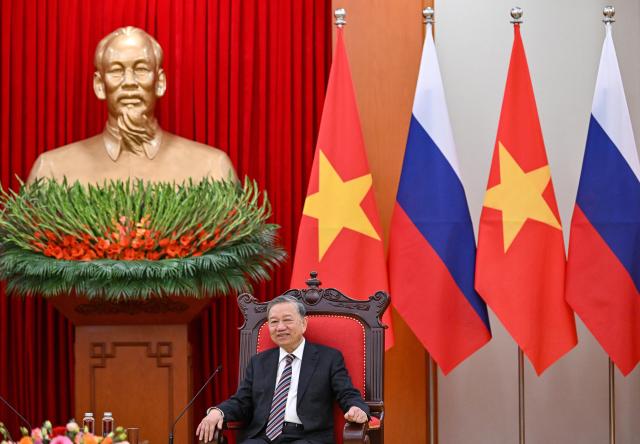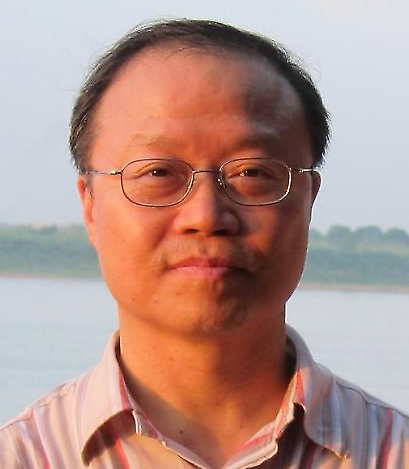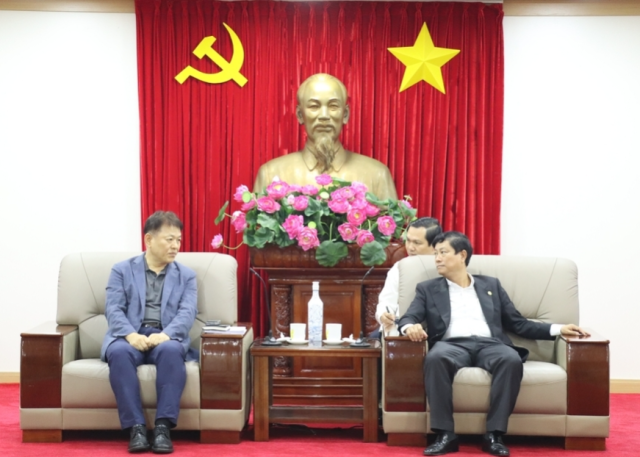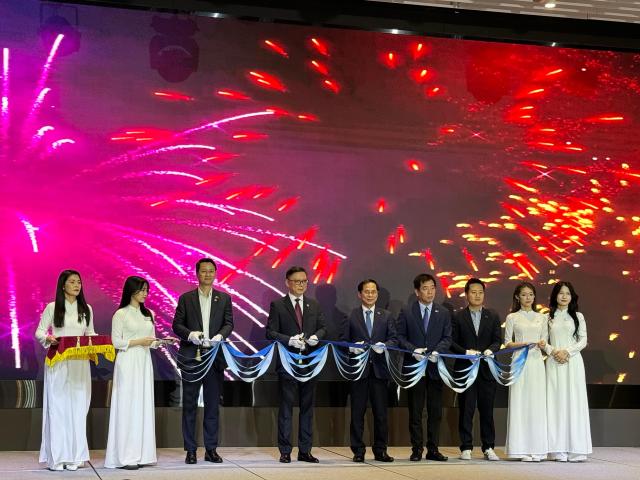
A year of political transformation
Viet Nam experienced significant political changes in 2024. After President Nguyen Xuan Phuc's fall from power in early 2023, Vo Van Thuong succeeded him but later stepped down in 2024 along with National Assembly Chairman Vuong Dinh Hue. Both were considered strong candidates for general secretary at the upcoming 14th Party Congress in early 2026. Following General Secretary Nguyen Phu Trong's death in July, three new top leaders were appointed alongside Prime Minister Pham Minh Chinh: To Lam as party general secretary, Luong Cuong as state president, and Tran Thanh Man as National Assembly chairman. With the leadership quartet complete, Viet Nam's two-year political turbulence has settled. Leaders will now compete fiercely toward the 14th Party Congress in early 2026.
7.09 percent GDP growth
Viet Nam achieved relatively high economic growth with a 7.09 percent GDP increase in 2024, approaching the pre-pandemic level of 7.36 percent in 2019. GDP growth rates were 2.87 percent in 2020, 2.55 percent in 2021, 8.12 percent in 2022, and 5.05 percent in 2023. Viet Nam's per capita GDP reached $4,700 in 2024, up $377 from the previous year. The purchasing power parity-adjusted per capita GDP is estimated at $14,000, compared to South Korea's approximately $36,000.
Viet Nam's 2024 exports totaled $405.53 billion, with imports at $380.76 billion. The trade surplus was $24.77 billion, slightly lower than 2023's $28.3 billion. Electronics, smartphones, clothing, and agricultural products led exports. Foreign-invested enterprises continued to dominate trade, accounting for 72 percent of exports and 63 percent of imports in 2024.
Viet Nam maintained its position as South Korea's third-largest trading partner with bilateral trade of $86.7 billion, following China ($272.9 billion) and the United States ($199.9 billion). South Korean exports to Viet Nam were $58.3 billion, with imports at $28.4 billion. Viet Nam represented half of South Korea's $114 billion exports to ASEAN. South Korea's trade surplus with Viet Nam was $29.9 billion, second only to its $57.7 billion surplus with the U.S.

South Korea led foreign visitor numbers to Viet Nam. Of the 17.6 million foreign visitors in 2024, approaching 2019's 18 million, South Koreans comprised about 4.57 million, followed by Chinese (3.74 million) and Taiwanese (1.29 million).
While Viet Nam's reforms have achieved significant socioeconomic success, elevating its economy to 33rd-34th globally, challenges remain. International financial institutions project 2025 GDP growth in the 6 percent range, while Singapore's United Overseas Bank forecasts 7 percent. The Vietnamese government, encouraged by recent performance, targets 8-10 percent growth. However, Viet Nam faces challenges including low labor productivity, slow transition to high-value industries, and limited global competitiveness among domestic firms. Foreign-invested enterprises still account for about 70 percent of exports, raising questions about fostering domestic business growth while avoiding the middle-income trap.
Major reorganization of state institutions in 2025
The current hot topic in Vietnamese domestic politics is government "streamlining." The government plans to implement these changes for the 15th administration, set to launch in mid-2026. Plans include reducing central government ministries from 22 to 17 and restructuring central ministry-level agencies.
The central government will comprise 14 ministries and three ministry-level agencies. The reorganization includes merging the Ministry of Planning and Investment with the Ministry of Finance, the
Ministry of Home Affairs with the Ministry of Labour, Invalids and Social Affairs, and the Ministry of Construction with the Ministry of Transport. The Ministry of Culture, Sports and Tourism will absorb media operations from the Ministry of Information and Communications, while the Ministry of Science and Technology will merge with the Ministry of Information and Communications. The Ministry of Resources and Environment will combine with the Ministry of Agriculture and Rural Development. The government also plans to establish a new Ministry of Ethnicity and Religion by merging the religious and ethnic committees.

The government also plans to dissolve or restructure various committees including the State Capital Management Committee, which oversees 19 state-owned enterprise groups. These enterprises will transfer to relevant ministries, though some may shift to unexpected departments. For example, the government proposed moving MobiFone from the Information Ministry to Public Security, possibly following the success of military-run Viettel or reflecting an increased focus on communications security.
Local administrative systems will also undergo significant changes, with reorganization of local treasury, tax, and customs offices. These proposals will be officially discussed at February's special parliamentary session. The reorganization represents a "major" change in Viet Nam's political system, expected to reduce subordinate organizations by 15-20 percent and redistribute ministerial authority, affecting power relationships among political leaders.
'New era' and Viet Nam's future
Viet Nam is likely to declare a "new era" at the 14th Party Congress in early 2026, building on past achievements in independence, unification, socialist construction, and Doi Moi reforms. This represents Viet Nam's version of the "Chinese Dream." General Secretary To Lam noted that 20 years remain until 2045, when Viet Nam aims to join developed nations with per capita income of $15,000.
While short-term economic prospects appear bright, with various international organizations forecasting 6-7 percent GDP growth for 2025, external challenges loom. A key upcoming issue is the potential second Trump administration. Trump's promised universal tariffs create uncertainty about U.S.-Viet Nam relations, given previous concerns about Chinese goods circumventing tariffs through Viet Nam and currency manipulation suspicions. China's increasing investment in Viet Nam, including possible indirect investment through Hong Kong and Singapore, marks a notable trend in Greater China's growing economic presence.
Viet Nam opened 2025 by reaching Southeast Asia's soccer summit. The national team's victory in the ASEAN Mitsubishi Electric Cup final on Jan. 5 sparked nationwide celebrations. Coach Kim Sang-sik has become "the second Park Hang-seo" in Viet Nam, generating enthusiasm similar to his predecessor and strengthening Korean-Vietnamese relations. This momentum is expected to deepen cooperation between the two countries throughout the year.
The author is a visiting professor at Dankook University's College of Asia and Middle East Studies.

Copyright ⓒ Aju Press All rights reserved.




View more comments